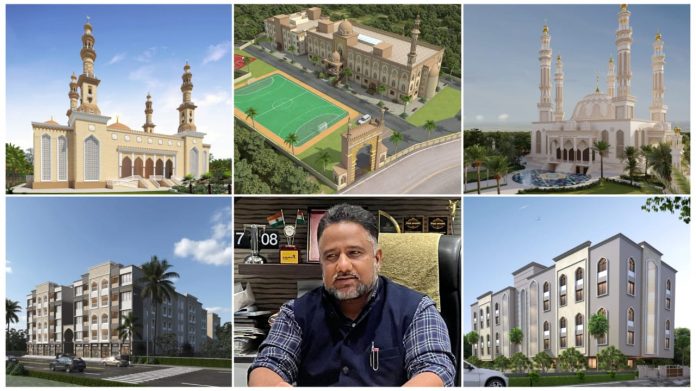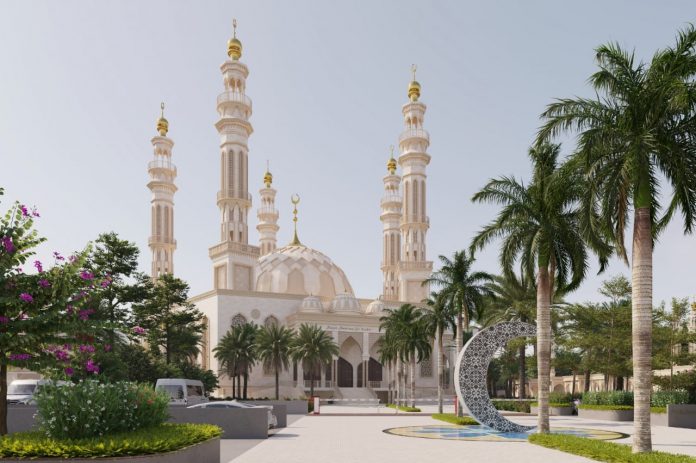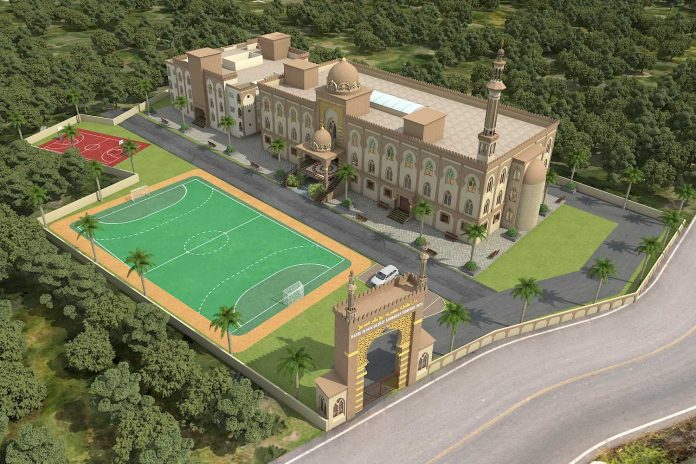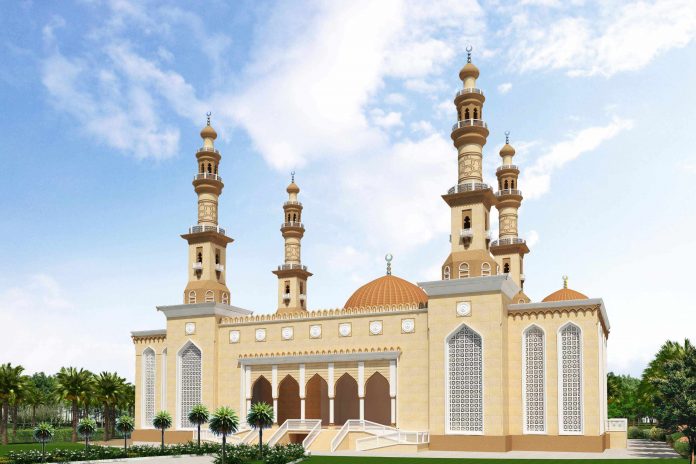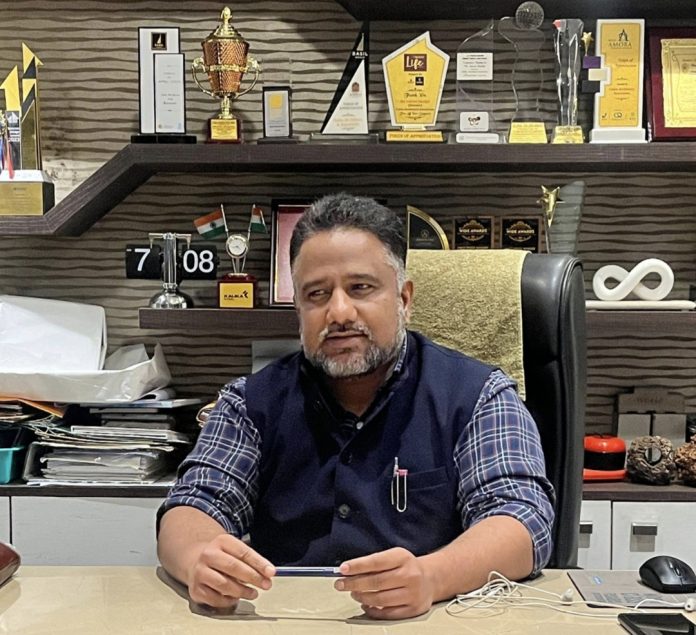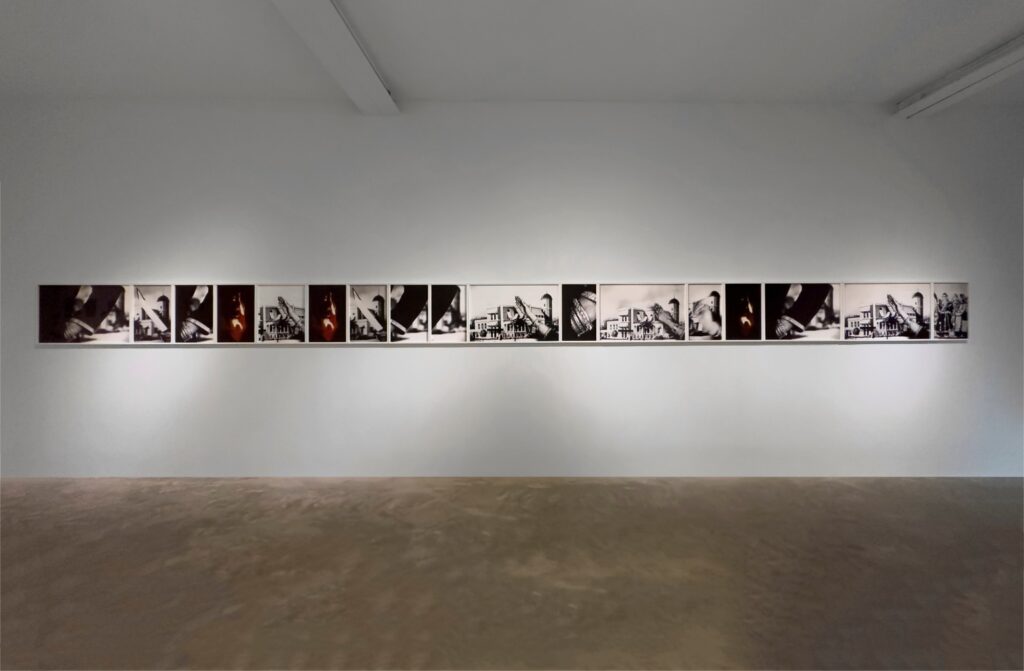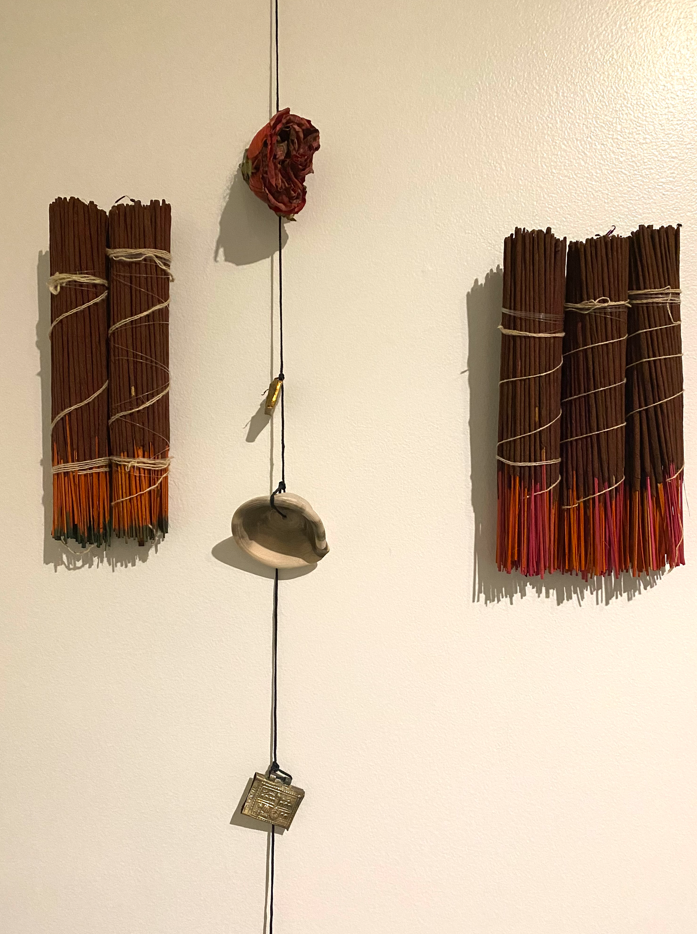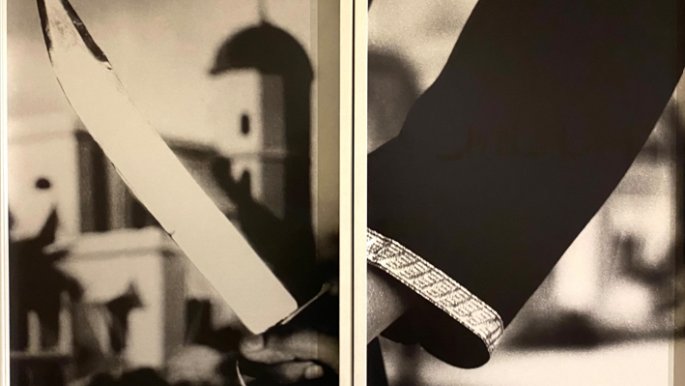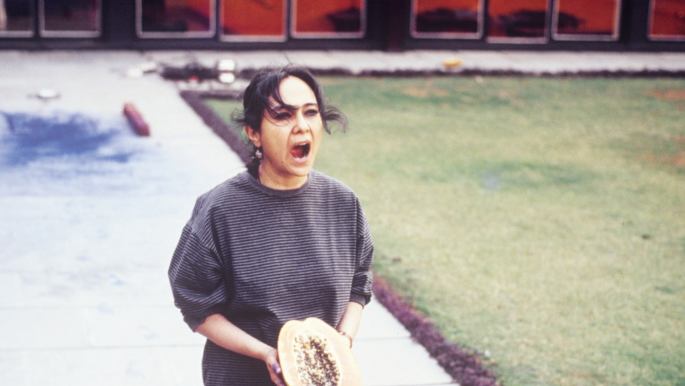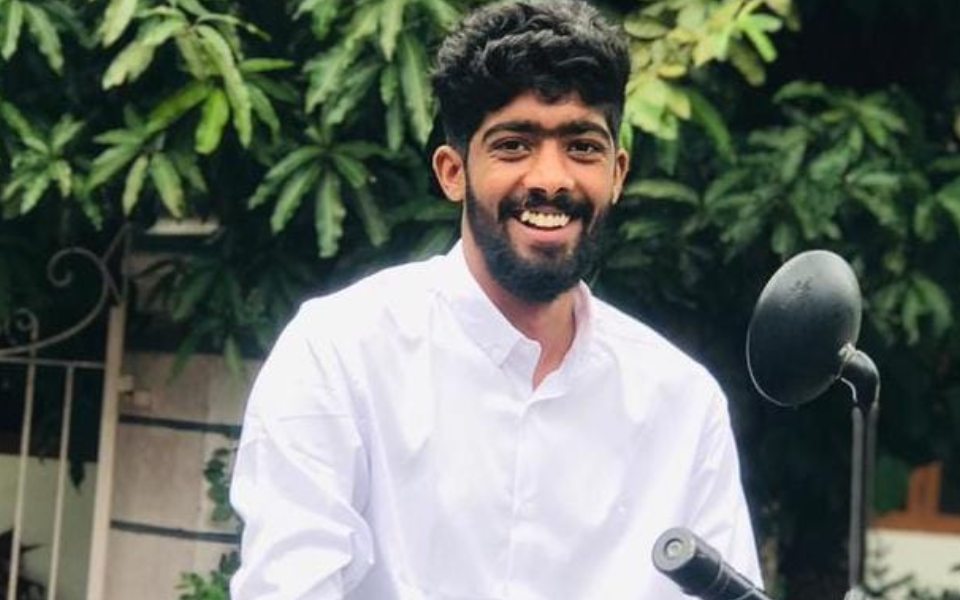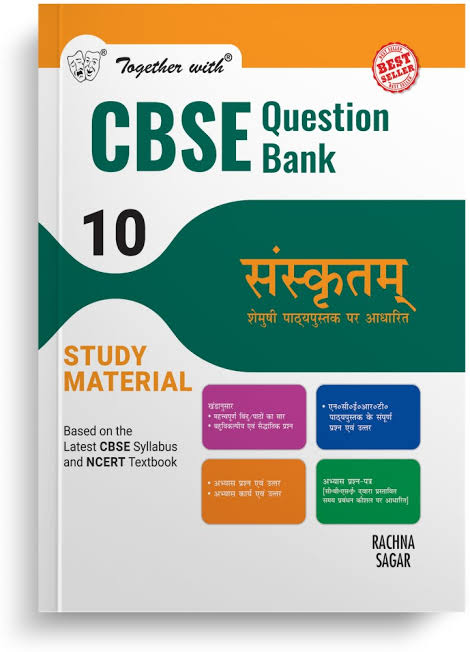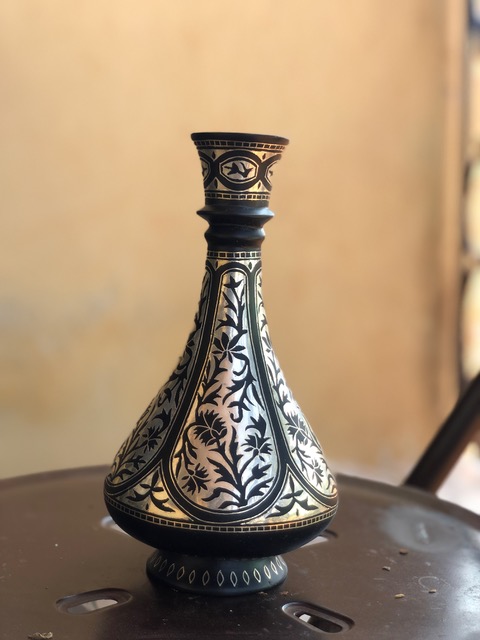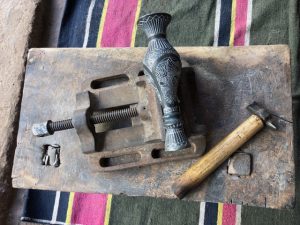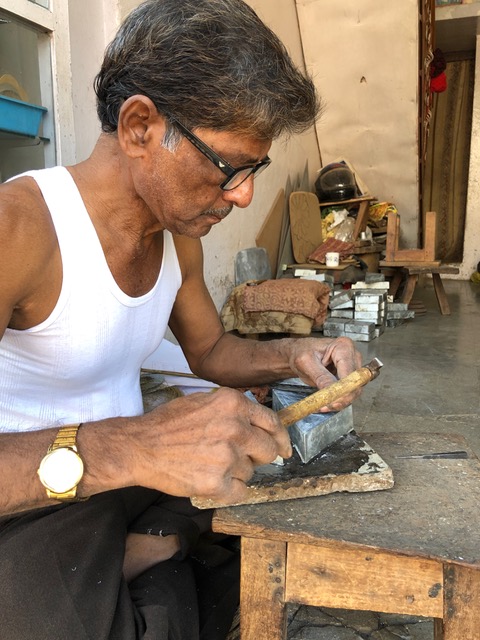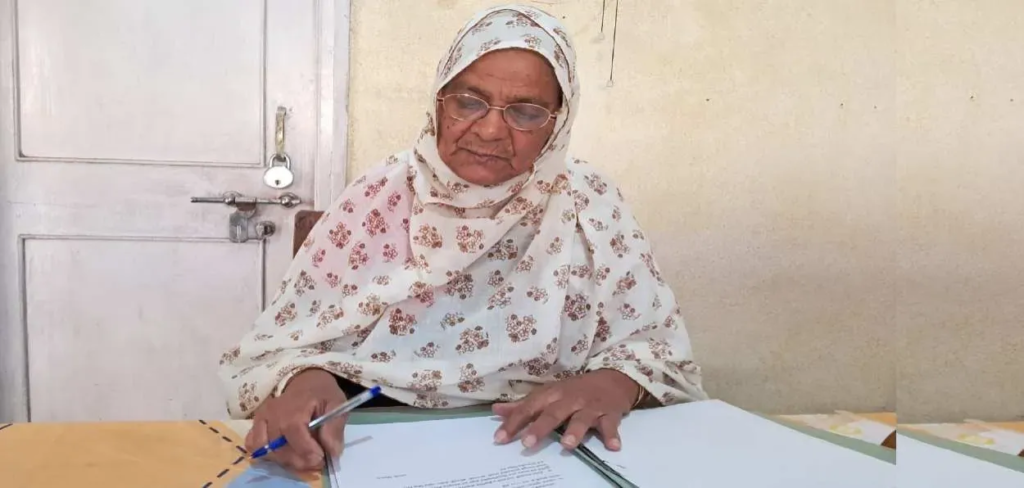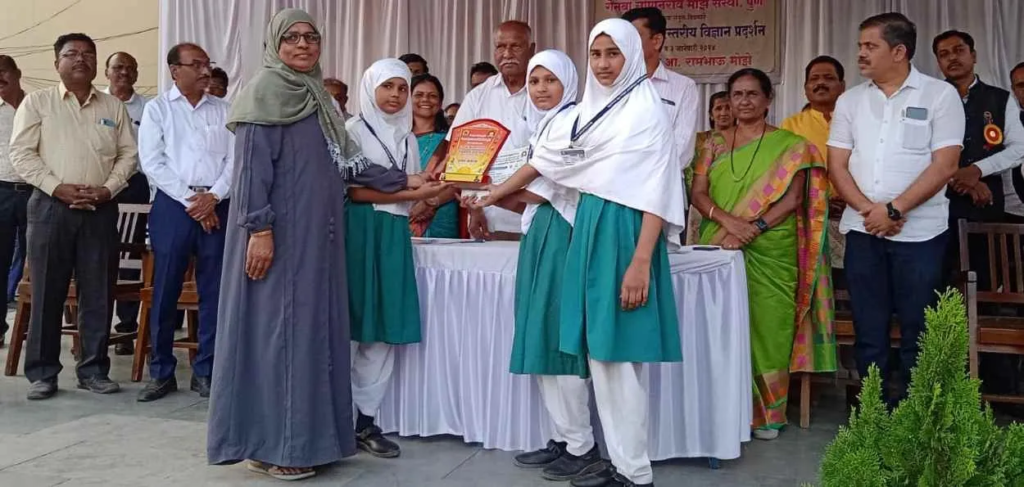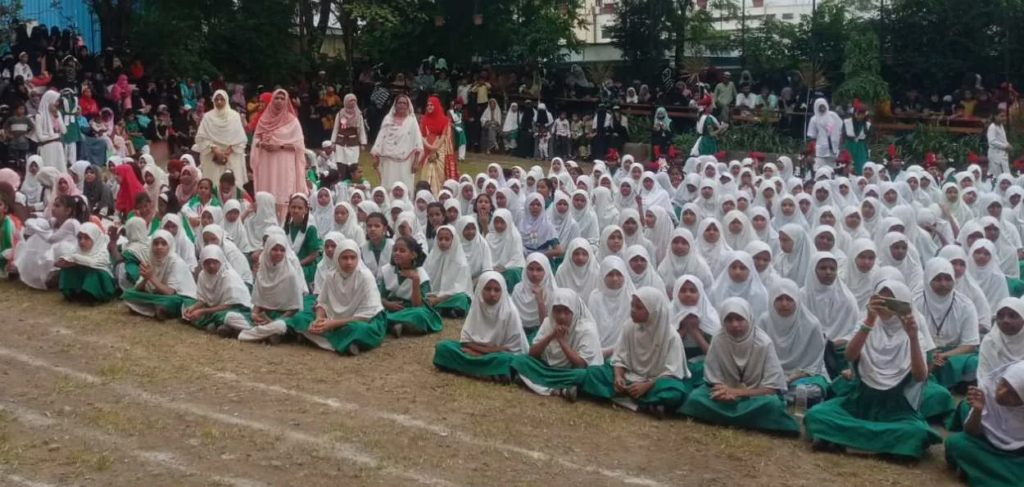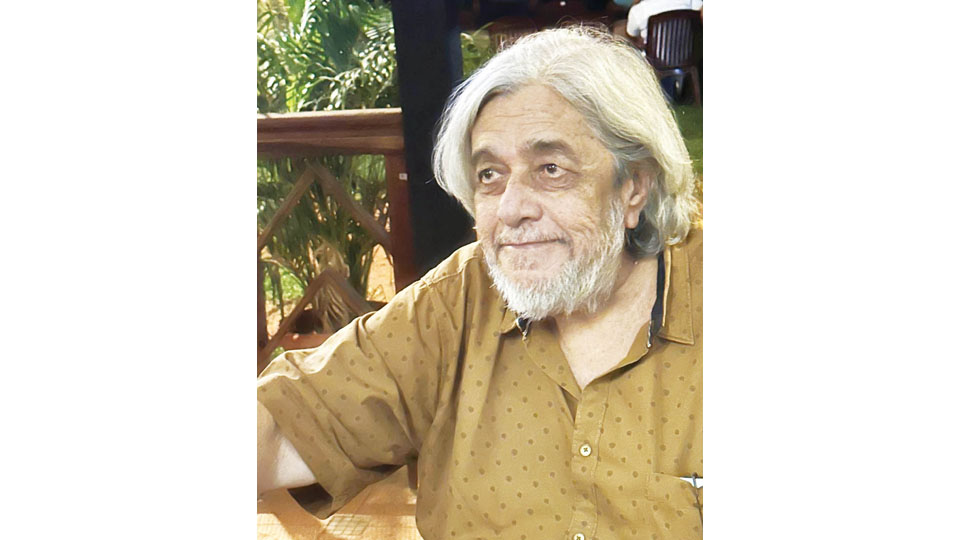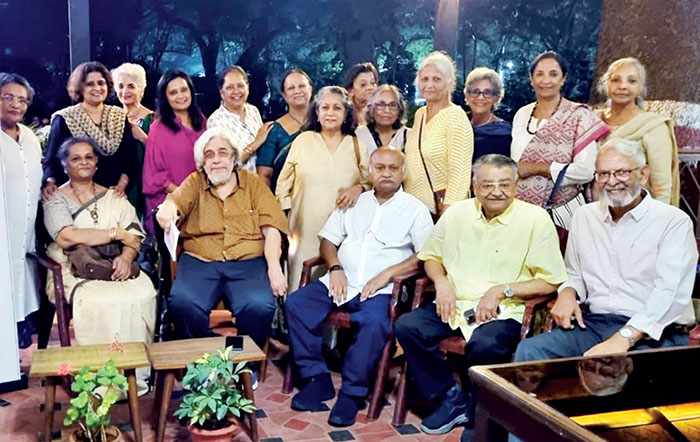INDIA :
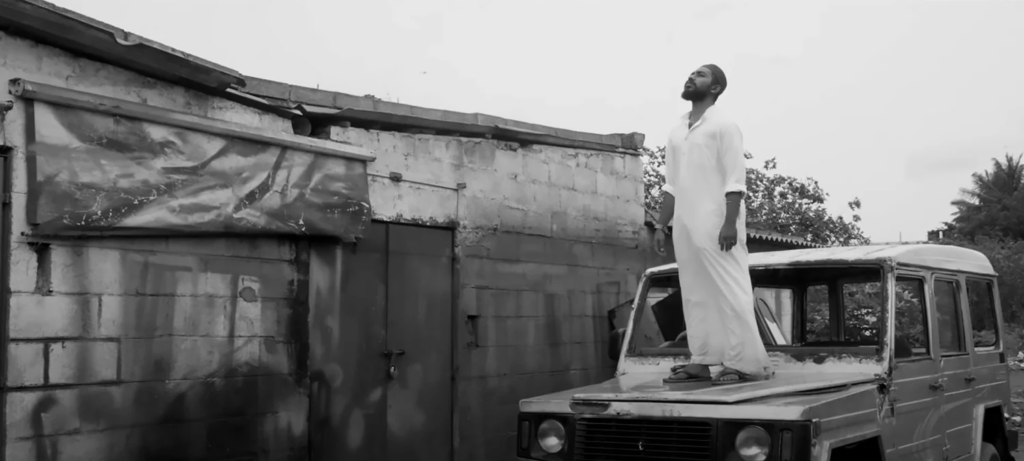
A still from the music video of Pasha Bhai, a song written and sung by Bengaluru-based artist Mohammad Affan Pasha. It is in Dakhni, a language of home and hearth, the one Pasha speaks on the streets and with his friends and family. COURTESY PASHA BHAI
The official video of Pasha Bhai, a new hip-hop song written and sung by Bengaluru-based artist Mohammad Affan Pasha has over 30,000 views on YouTube. In it he is rapping on the streets, not in any upmarket part of the IT city, but in its underbelly on Bazaar Road, surrounded by other young men of the neighbourhood. They are grooving to a catchy tune in the vocabulary of their locale—not Kannada, nor Urdu or English. The song is in a language of home and hearth—Dakhni.
Often called proto-Urdu or Qadim-Urdu which means old Urdu, the Dakhni language is having a contemporary moment with songs, dances, appearances on Instagram reels, and plenty of comedy. Dakhni literally means “of the Deccan” and is spoken in large parts of Telangana, Andhra Pradesh, Karnataka and Maharashtra. The dialect sounds like an amalgamation of Hindustani, Telugu, Marathi. Those not familiar with its sound outside the region would recognise it instantly as how the actor Mehmood Ali often spoke in Bollywood films or most recently, what artist Danish Sait uses for his satirical videos.
Dakhni is an Indo-Aryan language that dates back to the 14th century. There were many waves in which Dakhni is said to have evolved, but its key origin is dated to Mohammad bin Tughlaq’s migration of the capital of the Delhi Sultanate from Delhi to Daulatabad, carrying townspeople thousands of kilometres into the Vindhyas. Gradually, the language they spoke in the north developed into a local version with many inputs from the south.
The language is sometimes mistakenly seen as limited to Hyderabad, and Hyderabadi Urdu. “Dakhni died as a written language, but remained a spoken language, even till today,” Yunus Lasania, a journalist and history enthusiast, told me, as he read a couplet off his iPad. “The creation of Dakhni in the 14th or 15th centuries resulted in Dakhni, Urdu and also some Persian and Arabic words entering vocabularies of regional languages like Telugu.” Lasania pointed to the word roju which means day in Telugu and comes from the word roz with the same meaning in Persian. “Today, in Hyderabad and the Deccan, we speak in Dakhni, but read and write in the standardised modern Urdu, which we mostly don’t speak in.”
Pasha told me of the time when he would write in “straight Urdu” but the lines sounded flat and left him cold. It was only when he began expressing himself in his own language—the one he spoke on the streets and to his friends and family—that it lit up the studio. The enthusiastic response he got when recording on the streets or from fans has completely surprised him. “They say north Indian languages are assertive and can convey aggression better,” he said. “Sure, Dakhni is not aggressive, but it is vibrant, playful and informal. Our idiom is personal and it has a twist which these other languages do not have. It is energetic, sounds rooted and the metaphors we use come straight from our everyday lives.”
In the current moment, Dakhni is seeing a sort of resurgence, an awareness of it not witnessed in popular culture since actor Ali livened up the Hindustani and straight-Urdu speaking Bombay cine-world with his sprinkling of nakko, hallu, jaatu, kaiko in films like Padosan. It was so entwined with comedy in his rendition that few realised that the language has the evolution and history of India embedded within it. The renewed interest in Dakhni today stands as a counter to the political casting of Urdu as a “foreign” language and the insistence on the supremacy of Hindi as the only truly Indian tongue. Dakhni, a coalescence of many linguistic strands and a blend of cultures, stands a bulwark against this singular political narrative.
Rida Tharana is a Bengaluru-based Instagram influencer, who presently makes content in Dakhni and has 600,000 followers. She told me that she makes it a point to write a caption, or a few lines under the Dakhni content that talk about the language itself. “I am keen that my followers love the language like I do,” she said. Tharana’s series of Mom reels are popular on Instagram, riffing on mothers and expectations of their children. The language the mother-daughter characters speak in is Dakhni. Both Pasha and Tharana told me that Dakhni speakers have often experienced a degree of shame while conversing in Dakhni, hesitant that they may be mocked for it. Slowly, they have ventured to wear it on their sleeves. They told me that radio jockeys in Bengaluru, artists like Danish Sait and even popular jockeys in Chennai like Zoha Sanofar make it a point to use the language and deliver the punch in their lines in Dakhni.
Zoe Woodbury High is a doctoral scholar at the University of Chicago, researching culture during the reign of Ibrahim Adil Shah II, part of Bijapur’s Adil Shahi dynasty. She reckons that with its unique place on the Indian map, Bijapur can be termed the centre of present-day Dakhni. The city in northern Karnataka has infused the language with Urdu, Hindi, Marathi, Kannada and Telugu. She told me that what she finds fascinating is how Dakhni transcends the linguistic boundaries of the states. “It travels far and its map can be placed right above the boundaries meant to demarcate Marathi-speaking, Kannada-speaking and Telugu-speaking people,” she said. “It creates its own zone of usage, defying the political boundaries of states.”
At present, Dakhni is a language that has no script associated with it and no codified dictionary or grammar. It is seen as informal and provides a classic instance of what the writer and critic UR Ananthamurthy called a language of the backyard, languages used extensively in homes or by women to communicate with family, children or others they needed to interact with. These languages were evocative and intimate. But it was something people did not write in or use in formal interactions with the world. The languages of the front yard were ones in which official business was conducted and in which you interacted with the state when you needed to. “Women played a big role in keeping Dakhni alive for hundreds of years,” Sajjad Shahid, a visiting professor at the University of Hyderabad, told me. “It was not the language of officials and scholars who would straighten up and use the more formal Persian, Urdu or later Telugu.”
Dakhni is not recorded as a language by the Indian Census and several Dakhni speakers record Urdu as their mother tongue. The 2011 Census recorded 5,07,72,631 Urdu speakers in India, which is a drop of 1.5 percent since 2001. Other than Konkani, Urdu is the only other scheduled language to show a drop. Interestingly, the number of Urdu speakers in the south—that is Telangana and Karnataka—have risen and they outnumber their northern counterparts. At a time when Urdu is under a concerted political attack, more so in northern states, with it being labelled as a language of Muslim invaders, Dakhni opens a new frontier in this debate. Dakhni may have been the petri dish that allowed Urdu, as we know of it now, to have blossomed.
The founder of Hyderabad, Mohammad Quli Qutb Shah, wrote in Dakhni and was a great contributor to Dakhni literature. However, Dakhni suffered after the 18th century, when, due to the Mughal conquests of the Deccan and the creation of modern Urdu, poets started shifting to Urdu for patronage. The nizams came as Mughal-appointed governors of the Deccan in 1724 and made Persian and then Urdu, official languages in the region.
Over the years, as patronage to Persian and Urdu was stepped up and literary work stopped in Dakhni, the importance of Dakhni shrank and it was reduced to being seen as a mongrel language. It found itself reduced to a dialect just like Braj Bhasha or Awadhi in the north. “This change-over was complete by the middle of the 18th century when Dakhni-Urdu ceased to be a literary medium except in the far off Karnatak and Mysore regions,” the historian HK Sherwani wrote.
“The tragedy is that with the advent of so much entertainment on television flooding homes for nearly 30 years now, a certain kind of language has been uniformly spread across the country,” Shahid said. “This may have had some advantages, but the downside is the disappearance of so many words, variety, vocabulary and idiom of many minor languages and Dakhni too. That is a big loss.” Lasania is not so gloomy. In the new and young and spirited Dakhni music and popular usage, he sees a new route for a revival of the language. “Dakhni is not pure or hung up about being straight,” he said. “It has elements of Kannada, Marathi, Telugu, Hindi, Urdu and has seen so many ebbs and flows.”
When an ill-informed debate on Urdu being “foreign” is conducted routinely in an attempt to brand it as an outsider tongue, the vintage of Dakhni acts as a counter to this disinformation. It is Dakhni which is the precursor of what we now know as Urdu. To appreciate how it developed in the bazars of the Deccan centuries ago, continuing to retain its links with a host of other Indian languages is not just cultural trivia, but a fact with political implications. The Bharatiya Janata Party government’s thrust in the cultural sphere is on characterising the past as homogenous and Hindi and Hindu alone as truly native. Dakhni, in which we find Urdu, Sanskrit, Telugu, Hindi, Kannada and Marathi blended in one language, is a counter symbol reminding us that so many diverse cultures that constitute India are equally indigenous, old, and born of confluence and not exclusion.
Dakhni’s greatest quality is that it is a capacious bowl of words, similes and styles, borrowing from multiple languages and always being open to absorbing new influences. This will ensure it thrives, as it has over centuries. With more artists curious about it and choosing to perform in Dakhni, its afterlife is significant, especially in today’s political context. Dakhni’s re-emergence and its spirited and assertive embrace by younger speakers, may well be a metaphor of the impossibility of one singular narrative dominating and being imposed on the country. India’s pluralism is rooted in its many backyards. Ask any of the Dakhni rappers. They are singing it loud on the streets.
SEEMA CHISHTI is a writer and journalist based in Delhi. She was formerly the Delhi editor for BBC India and a deputy editor at the Indian Express. She is the co-author of Note by Note, The India Story (1947-2017) and the author of Anees and Sumitra, Tales & Recipes from a Khichdi Family.
source: http://www.caravanmagazine.in / The Caravan / Home> Culture> Commentary / by Seema Chishti / October 18th, 2022
